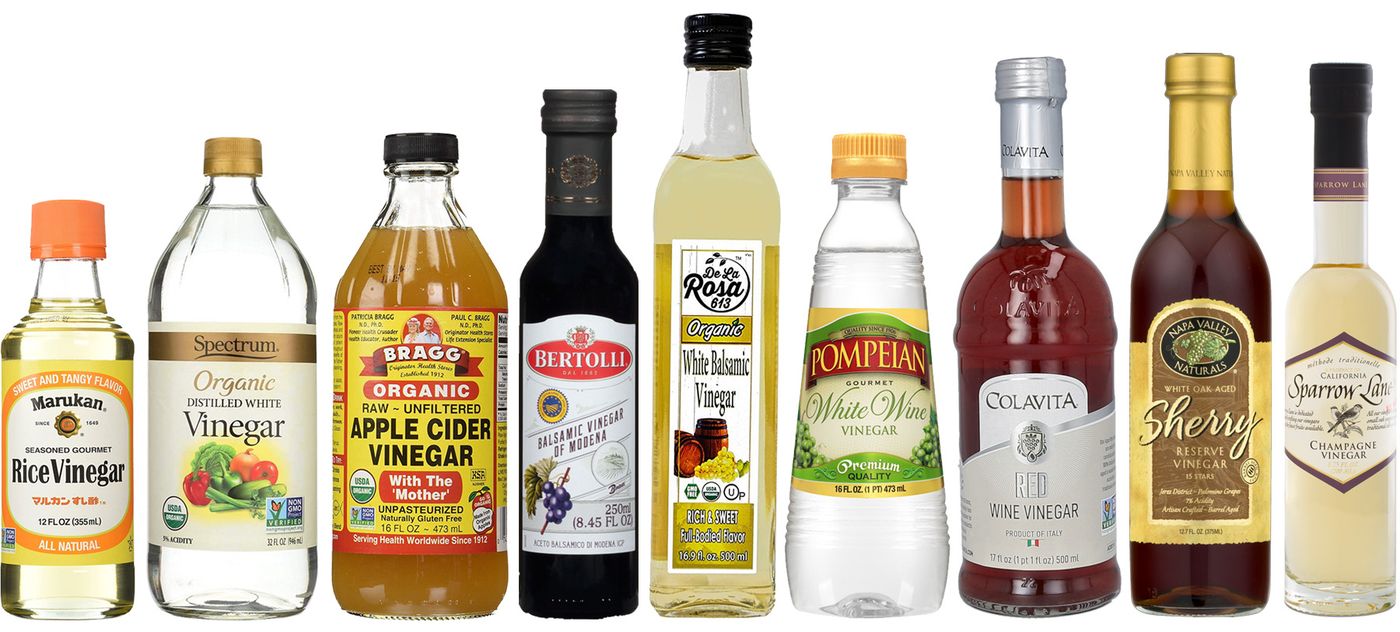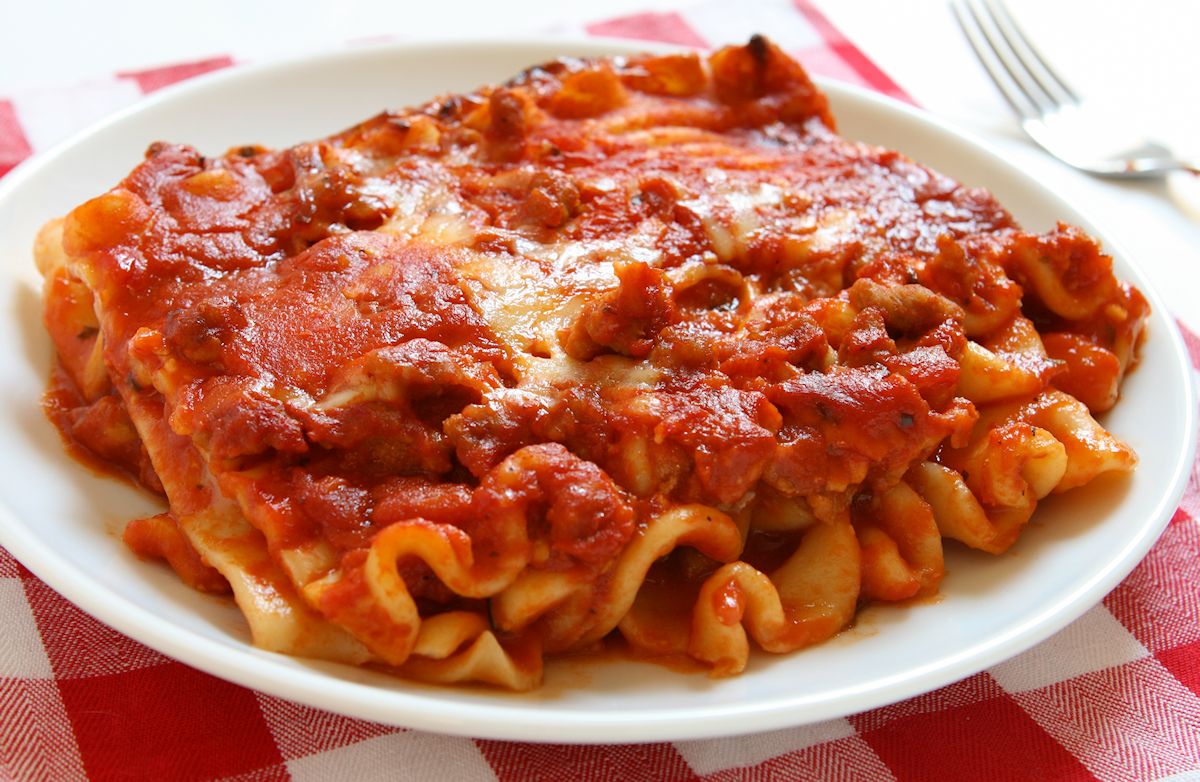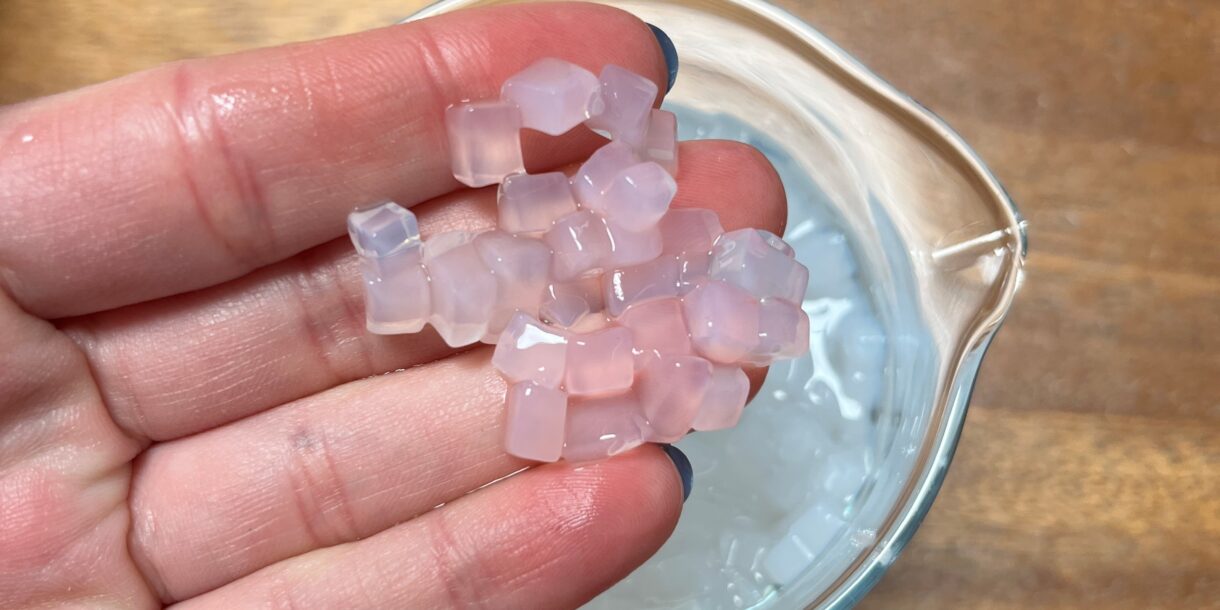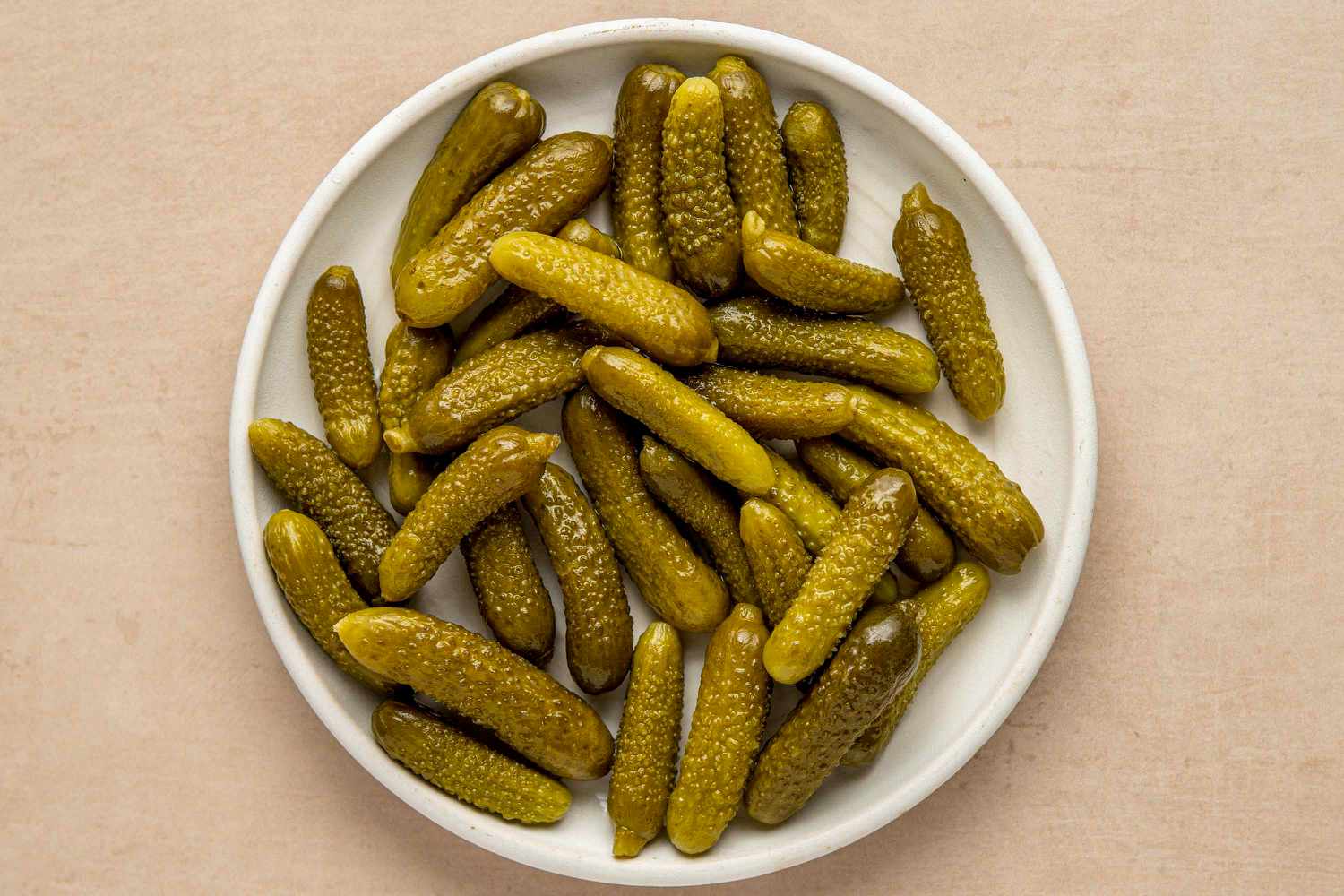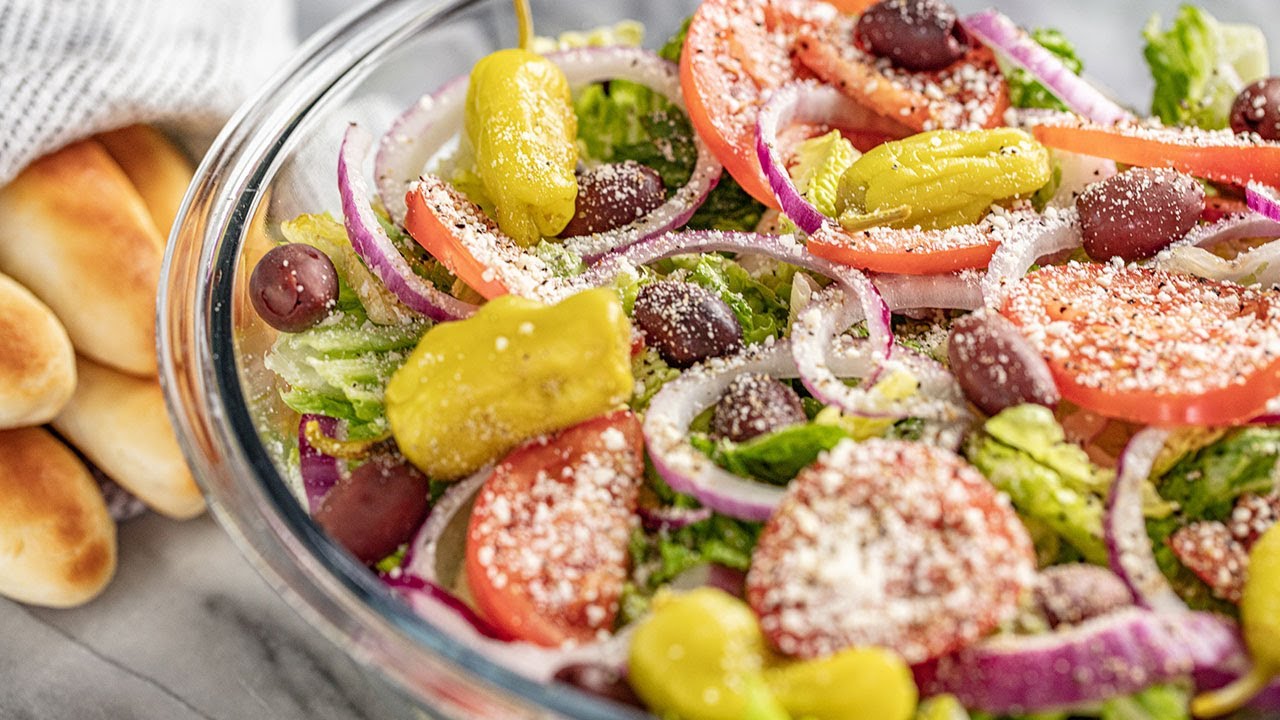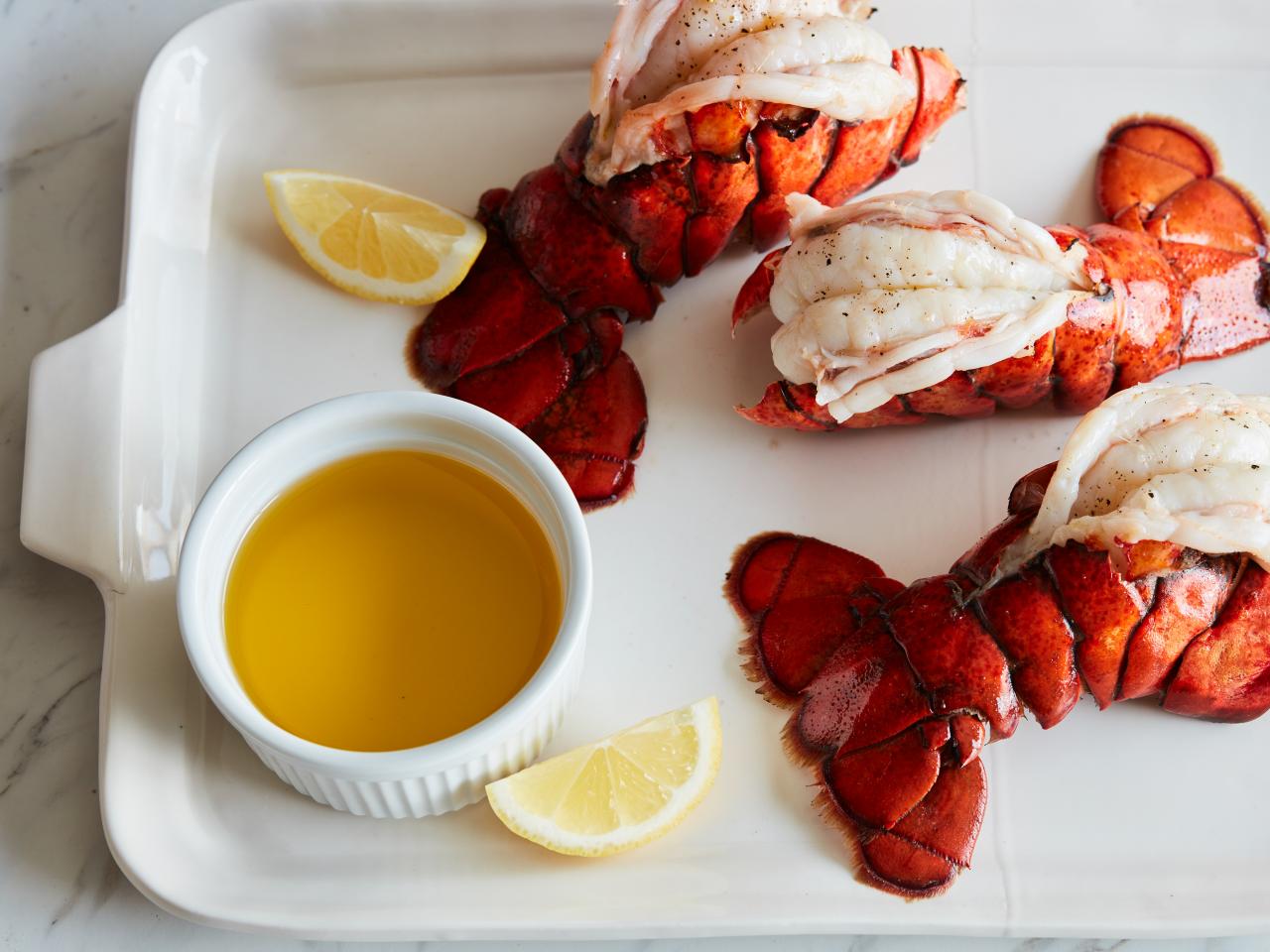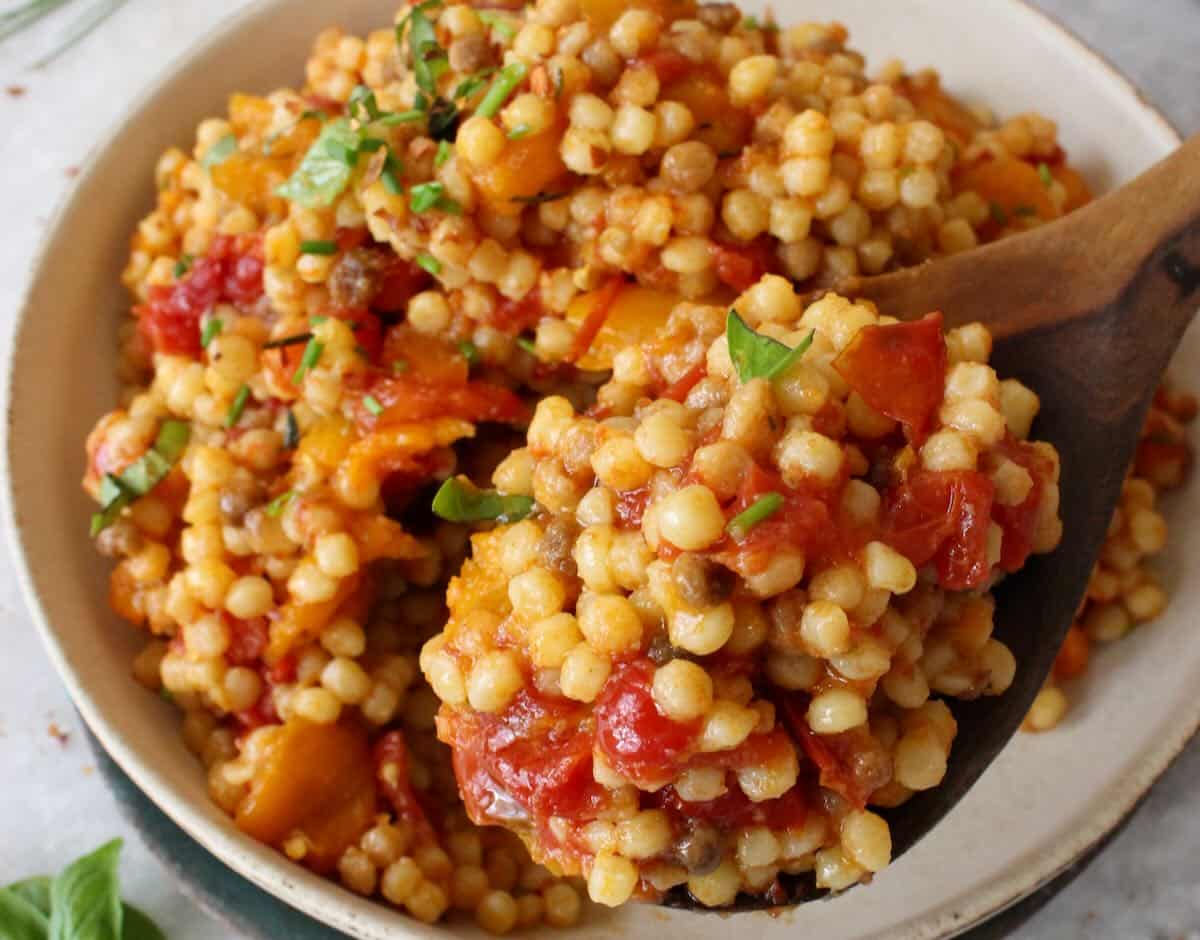Discovering the Delicious World of Mandu
Have you ever heard of Mandu? If not, you’re in for a treat! Mandu is a traditional Korean dumpling that is loved for its delicious flavor and versatility. Whether you’re a food enthusiast or simply curious about exploring new cuisines, learning about Mandu is a delightful journey into the heart of Korean cuisine.
The Origins of Mandu
Mandu has a rich history that dates back to ancient times. It is believed that Mandu was introduced to Korea during the Goryeo Dynasty, which lasted from 918 to 1392. The dumpling was influenced by Chinese cuisine but has evolved over the centuries to become a beloved Korean dish.
What Is Mandu Made Of?
Mandu typically consists of a thin dough wrapper that is filled with a variety of ingredients. The filling can include a combination of minced meat, such as pork or beef, finely chopped vegetables, and seasonings. The dumplings are then either steamed, boiled, or pan-fried to perfection.
Types of Mandu
There are several types of Mandu, each with its own unique characteristics and flavors. Some popular variations include:
- Gun Mandu: These are large, boiled dumplings that are often enjoyed in soups or stews.
- Yaki Mandu: These are crispy, pan-fried dumplings that are perfect for snacking or as a side dish.
- Tteok Mandu Guk: This is a traditional Korean soup that features sliced rice cakes and dumplings in a flavorful broth.
How to Enjoy Mandu
Mandu can be enjoyed in a variety of ways, making it a versatile dish for any occasion. Here are some popular ways to savor the delicious flavors of Mandu:
- Steamed Mandu: Enjoy these tender dumplings on their own or dipped in a savory sauce.
- Pan-Fried Mandu: Crispy on the outside and juicy on the inside, these dumplings are perfect for dipping in a tangy dipping sauce.
- Mandu Soup: Whether in a clear broth or a hearty stew, Mandu adds a comforting touch to any soup dish.
The Cultural Significance of Mandu
Mandu holds a special place in Korean culture and is often enjoyed during festive occasions and family gatherings. It is a symbol of togetherness and is cherished for its ability to bring people together around the dining table.
Bringing Mandu to Your Table
If you’re eager to experience the delightful flavors of Mandu, you can either visit a Korean restaurant or try your hand at making it at home. There are countless recipes available that cater to different dietary preferences, making Mandu a versatile dish for everyone to enjoy.
Whether you’re a fan of dumplings or simply love exploring new culinary experiences, Mandu is a must-try dish that offers a delightful blend of flavors and cultural significance. So, why not embark on a culinary adventure and savor the delicious taste of Mandu?
